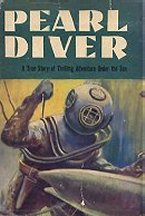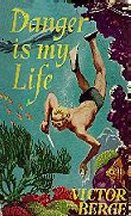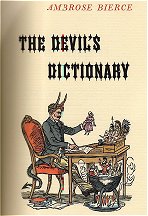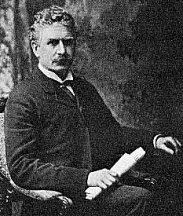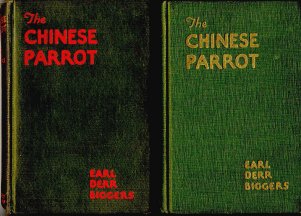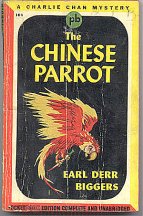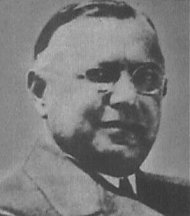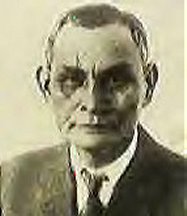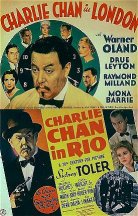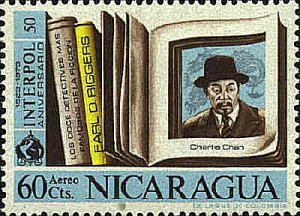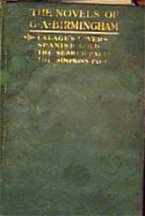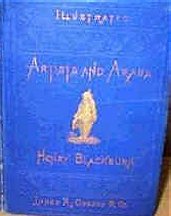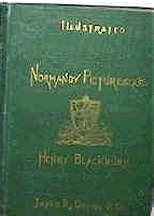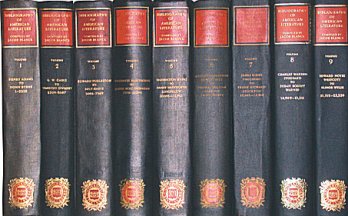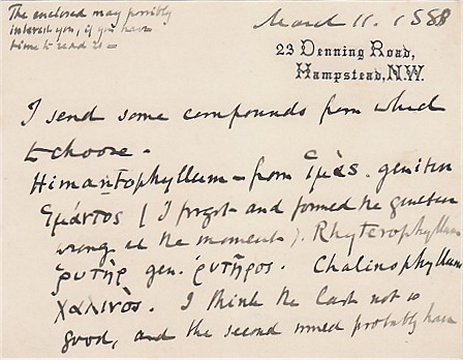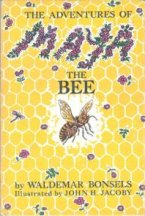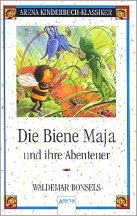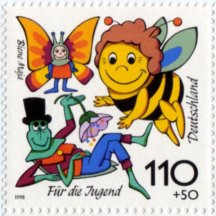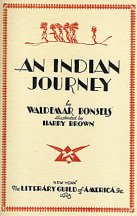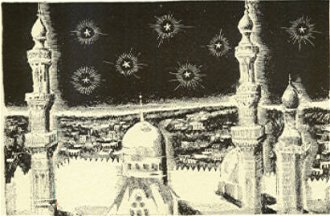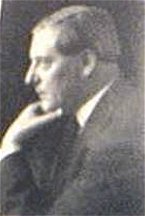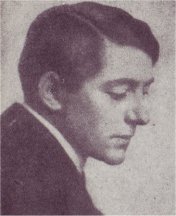| Sandra With Illustrations from the Photoplay: 1924
A. L. Burt Co. 328 pages ~ photo frntsp.& 3 photo plates IMDB
Other:
His Harvest 1915 ~ John Lane Co. 319 pages
Her Elephant Man: 192? a atory of the sawdust ring John Bale,
Sons & Danielsson, 297 pages
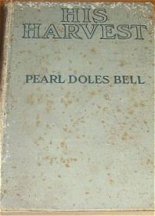
Film Adaptations:
Sandra
(1924) IMDB
Torn between her dual personalities of a home-loving wife and a romance-seeking
adventuress, Sandra Waring succumbs to the latter influence and makes a
bargain with Stephen Winslow to help her husband, David, who faces financial
ruin. This arrangement leads Sandra to a glamorous life in European capitals;
a sojourn on the Riviera with François Molyneaux, who proves to
be a crooked gambler using her as bait; and an affair with banker Henri
La Flamme, who is arrested for embezzlement. Disillusionment follows disillusionment,
and finally a contrite Sandra returns home believing David to be in love
with Mait Stanley and resolved to end her own life. Wandering into a church,
she is found by David's friend, the Reverend Hapgood, and is reunited with
her forgiving husband.
For
Another Woman 1924 Based on the short story "Just Mary" by
Pearl Doles Bell IMDB
Upon his death, the estate of Richard Winthrop, the mafitre of a French
Canadian village, is inherited by his American nephew, Stephen Winthrop,
who continues to live a wild life in New York and neglects the responsibilities
of his new position. Unknown to Stephen, Frank Garson, the family attorney,
bans all hunting on the Winthrop lands, depriving the villagers of their
livelihood. Mary Cartier, the goddaughter of the blind village priest,
comes to New York and informs Stephen of Garson's actions. Stephen returns
with her and lifts the ban, deciding to stay in Canada. Linked romantically
with Stephen in village gossip, Mary again comes to New York to try to
help Garson's abandoned and ailing wife, Felice, but to no avail. Felice
dies, and Mary returns to Canada with Felice's newborn baby. The villagers
suppose her to be a fallen woman, and an angry mob forms to drive her from
the village. She is saved from this ugly expulsion when she explains the
parentage of the baby. Garson is exposed as a cad and a schemer, and Mary
and Stephen declare their love for each other.
Her
Elephant Man (1920)
After discovering that his bride has married him only for his money,
Philip Dorset journeys to Africa in hopes of putting the past behind him.
In the jungle, he teams up with a party of American circus men on an elephant
hunt. Their expeditions take them to a native village where they discover
Joan, an orphaned white girl whose missionary father has recently died.
The group, now enhanced by Dorset's addition as the elephant trainer, takes
the waif back to America with them. Years pass and Joan becomes an accomplished
bareback rider in the circus, while her affection for Dorset deepens into
love. Recalling his earlier unhappy experience, Dorset tries to discourage
the girl, and upon failing decides to leave the circus. Soon after his
departure, he discovers that his wife has divorced him and rushes back
to Joan. That night, a terrific storm strikes the circus tent and out of
the cataclysm the lovers are reunited.
Love's
Harvest (1920)
Upon her stepfather's death, the custody of Jane Day is willed
to his wealthy young nephew, Jim Atherton. When Jim, accompanied by his
fiancée, visits his ward, Jane becomes so upset at their intrusion
that she runs away to the city with her dog, Buddie. There she is befriended
by theatrical producer Allen Hamilton who, upon discovering Jane's natural
musical ability, offers to send her to Paris to study. In Paris, Jane again
meets Jim and the two fall in love. Meanwhile, Hamilton discovers his love
for the waif, and Jane, feeling gratitude towards her mentor, is torn between
the two men until Hamilton, realizing that Jane's heart belongs to Jim,
withdraws his suit.
Writer - filmography
Wing Toy (1921)
Love's Harvest
(1920) (novel His Harvest)
Her Elephant Man
(1920) (novel Her Elephant Man)
|

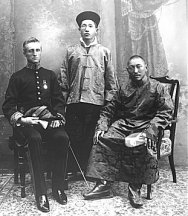
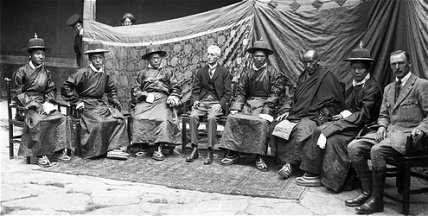
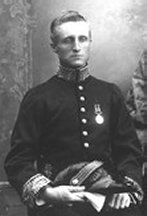 Sir Charles
Bell was a career diplomat in the service of the British Raj, the personification
of the grandeur of an empire that spanned the world. The Great Thirteenth
Dalai Lama of Tibet was the spiritual and temporal leader of a remote and
isolated theocracy in the heart of the Himalayas. Sir Charles represented
the power and limitless potential of the new century. The Dalai Lama was
the literal embodiment of an ancient lineage, an incarnation of the Bodhisattva
of Compassion, the ruler of one of the most inaccessible and forbidding
places on earth. That the two men should find so much in common and develop
a bond of deep and lasting friendship is a wonder that does credit to them
both. Sir Charles' biography of the Dalai Lama, Portrait of a Dalai Lama:
The Life and Times of the Great Thirteenth is the story of that friendship.
Sir Charles
Bell was a career diplomat in the service of the British Raj, the personification
of the grandeur of an empire that spanned the world. The Great Thirteenth
Dalai Lama of Tibet was the spiritual and temporal leader of a remote and
isolated theocracy in the heart of the Himalayas. Sir Charles represented
the power and limitless potential of the new century. The Dalai Lama was
the literal embodiment of an ancient lineage, an incarnation of the Bodhisattva
of Compassion, the ruler of one of the most inaccessible and forbidding
places on earth. That the two men should find so much in common and develop
a bond of deep and lasting friendship is a wonder that does credit to them
both. Sir Charles' biography of the Dalai Lama, Portrait of a Dalai Lama:
The Life and Times of the Great Thirteenth is the story of that friendship.

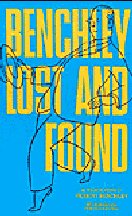
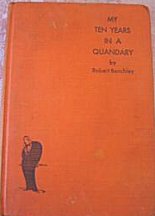
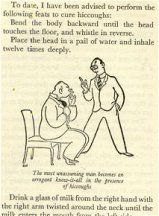
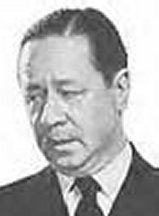
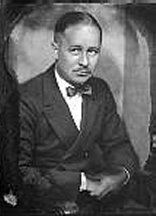
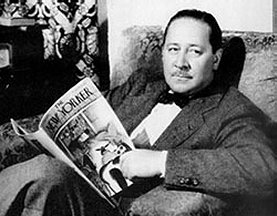
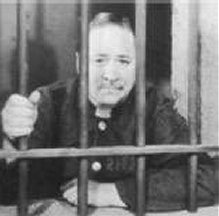

 Arnold
Bennett was an English novelist,
playwright, and essayist, born in Hanley (27th May 1867), Stoke-on-Trent,
Staffordshire (Hanley was the real-life model for one of the "Five Towns"
of his novels). Bennett was educated at the University of London and for
a time was editor of Woman magazine. After 1900 he devoted himself entirely
to writing; dramatic criticism was one of his foremost interests. Bennett
is best known, however, for his novels, several of which were written during
his residence in France. Bennett's infancy was spent in genteel poverty,
which gave way to prosperity as his father succeeded as a solicitor. From
this provincial background he became a novelist.His enduring fame is as
a Chronicler of the Potteries towns, the setting and inspiration of some
of his most famous and enduring literary work and the place where he grew
up. Many of the locations in Clayhanger and other Bennett novels based
in "The five towns" correspond to actual locations in and around the Potteries
district of Staffordshire.
Arnold
Bennett was an English novelist,
playwright, and essayist, born in Hanley (27th May 1867), Stoke-on-Trent,
Staffordshire (Hanley was the real-life model for one of the "Five Towns"
of his novels). Bennett was educated at the University of London and for
a time was editor of Woman magazine. After 1900 he devoted himself entirely
to writing; dramatic criticism was one of his foremost interests. Bennett
is best known, however, for his novels, several of which were written during
his residence in France. Bennett's infancy was spent in genteel poverty,
which gave way to prosperity as his father succeeded as a solicitor. From
this provincial background he became a novelist.His enduring fame is as
a Chronicler of the Potteries towns, the setting and inspiration of some
of his most famous and enduring literary work and the place where he grew
up. Many of the locations in Clayhanger and other Bennett novels based
in "The five towns" correspond to actual locations in and around the Potteries
district of Staffordshire.
